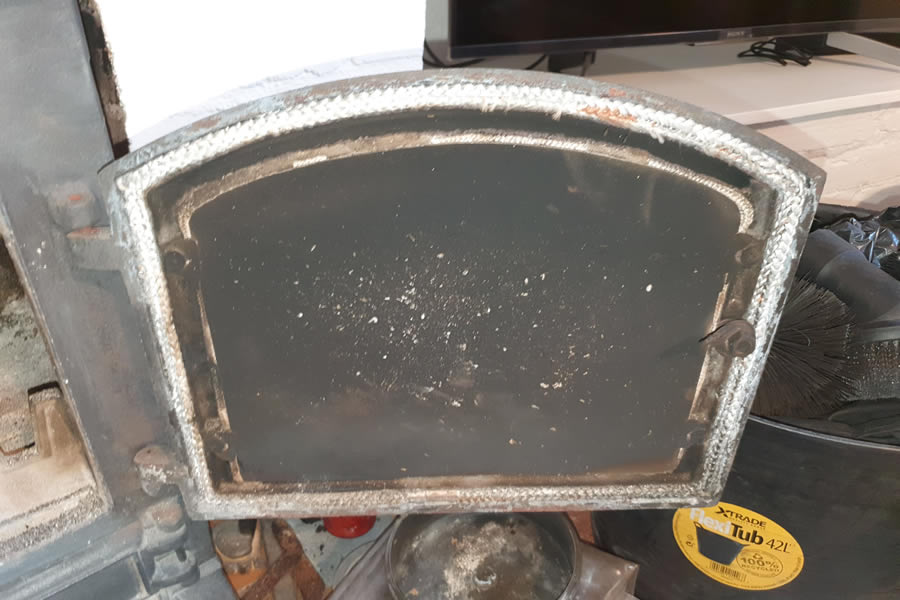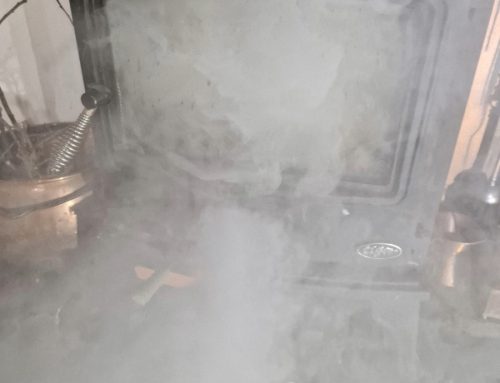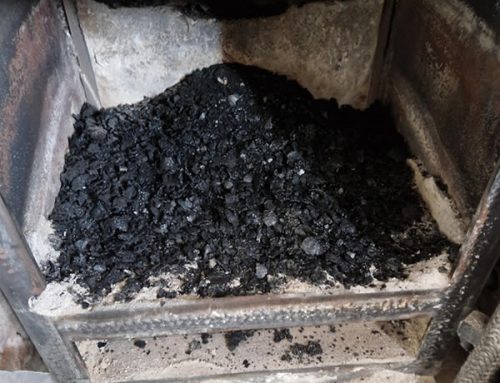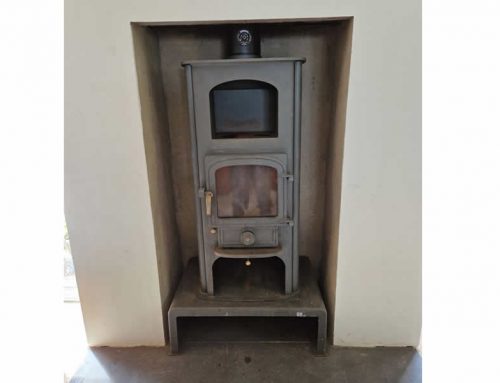Burning Fuel inefficiently
Burning fuel inefficiently can cause major issues in your flue. It can cause your liner to become blocked or deteriorate. It can also cause fires within your chimney or liner. Below are some examples of why this happens.
Burning smokeless coal and wood at the same time
Different types of fuels burn differently, coal takes air from underneath and wood takes air from the top. Burning both wood and smokeless coal at the same time causes a chemical reaction as the water content from the wood mixes with the sulphur from the coal which forms an acid that can be corrosive to your stainless steel liner.
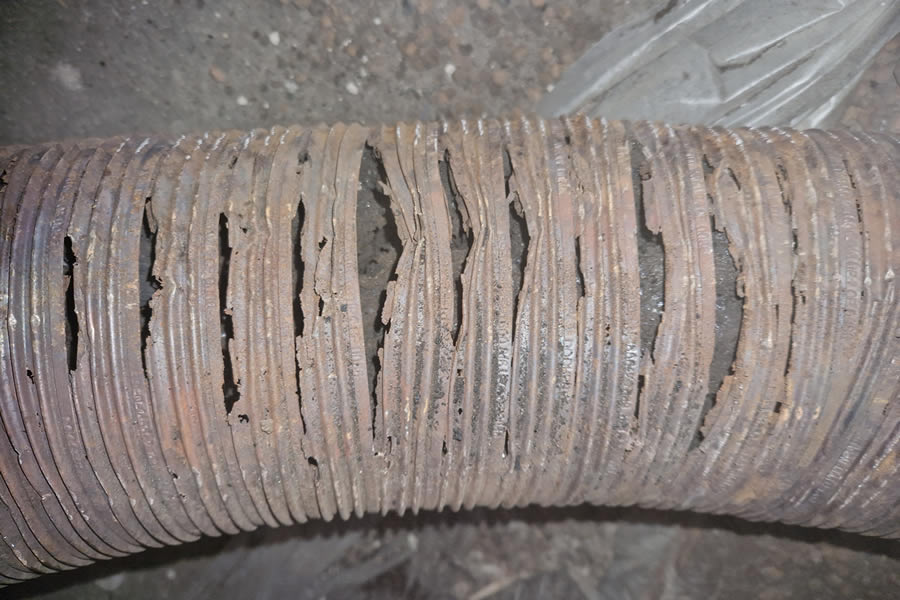
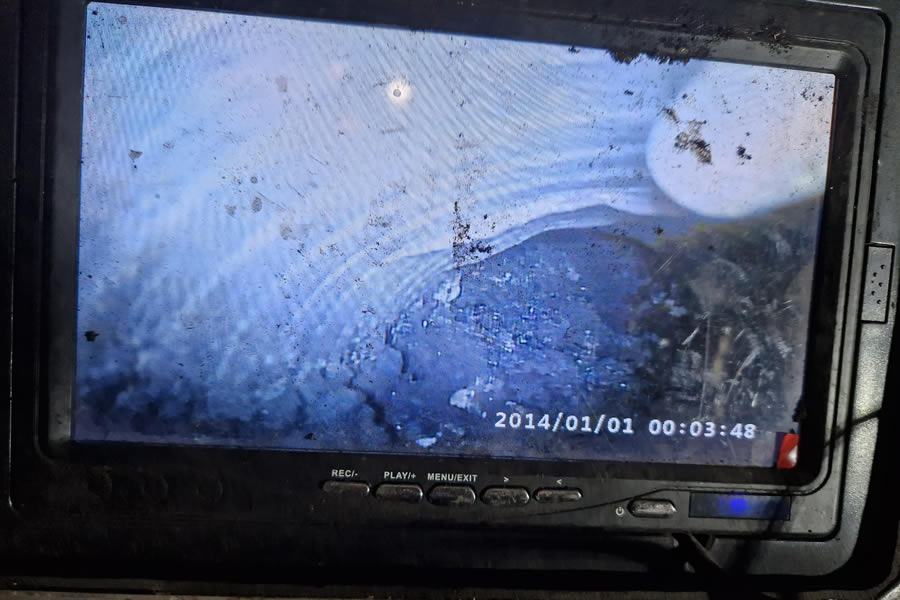
Burning treated wood and other items
Fumes from burning treated/painted wood such as fence panels can lead to damage from the chemicals when they are burnt, these chemicals stick to your liner causing damage and reducing the longevity of it. This also applies to chipboard and plywood which are glued together and can cause the same results. I also see other items in stoves and fireplaces, such as crisp packets and plastics, these will also release harmful chemicals. Burning paper and cardboard can create a lot of smoke, while this is a cheap way of keeping your fire going, it will clog up your liner. Try using natural firelighters to start your fire along with kindling.
Burning unseasoned wood
You can buy wood from various different places nowadays, but can you be sure they have been seasoned correctly? Unseasoned wood takes more time to burn, but burns inefficiently so will not give out the heat, it also gives off a lot of smoke as the water content gets burnt off first before the wood. The smoke lines your flue and over time, especially if not swept can lead to a build up of creosote. There are many brands out there which will have a ‘ready to burn’ logo on them, these can be used on your fire straight away, or ensure you are buying from a reputable company. You can also buy a moisture meter which will tell you the water content in your wood. Wood should have less than 20% moisture in.
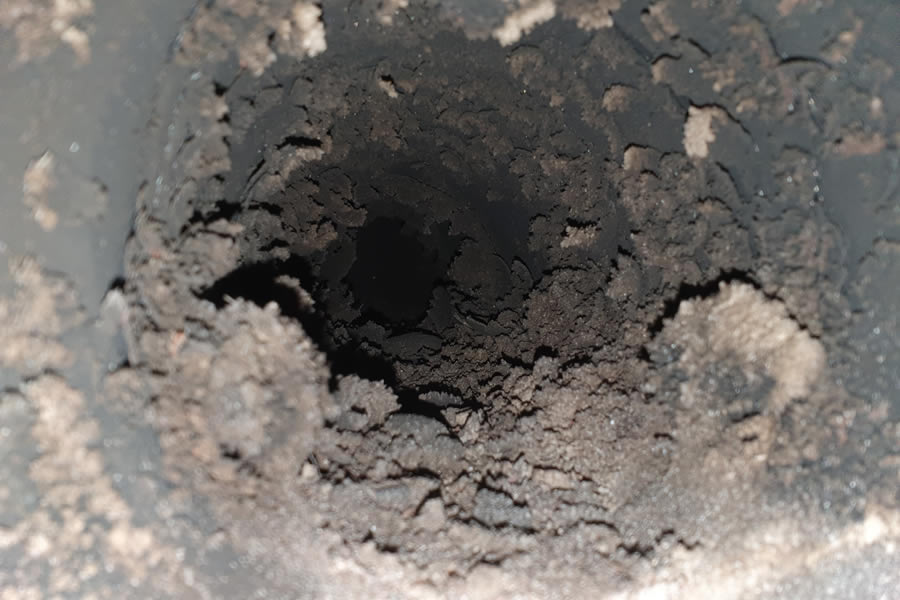
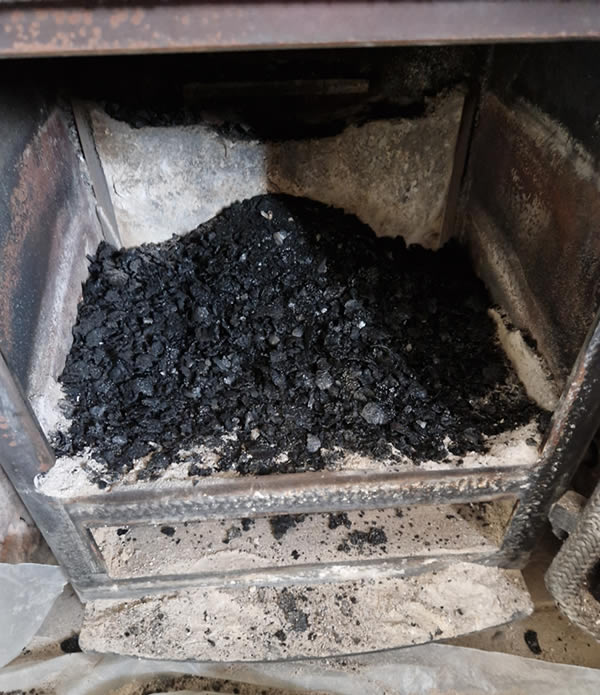
Slumbering
What is slumbering? Slumbering is when you load your stove with fuel then turn down the vents to allow it to burn through the night. You may think there is no harm in this, think again! When you turn down all the vents to your fire it reduces the amount of airflow the fuel gets, in addition to this, if you are loading it full of fuel too the air cannot circulate around the stove, this causes your fuel to smoke. As the fuel is not being fully combusted it doesn’t release as much heat, your flue starts to cool which prevents the gases from exiting the chimney so they just swirl around coating your liner instead. This leads to a build up of creosote.
Overfilling your stove
Loading your stove with more fuel than necessary means the fuel does not get the airflow it needs to fully combust. Wood takes air from the top so the bottom logs will be starved of the air it needs to burn causing it to smoke. If you add more wood to a fire that is already burning very hot can be very dangerous and your stove could be damaged beyond repair. Excess smoke or fuel touching the glass can cause the glass to turn black.
